Fiberglass Composites: Getting Started Reinforcing Foam Core
Basic introduction into Fiberglass by reinforcing foam core materials for building aircraft or hobby DIY.
4.00 (10 reviews)
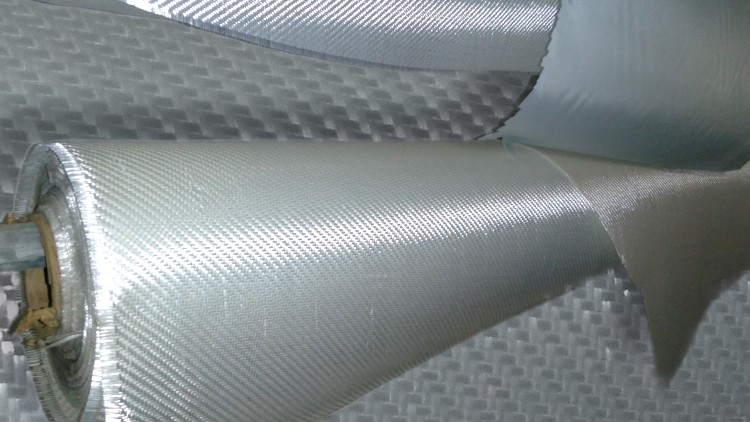
43
students
1 hour
content
Sep 2022
last update
$44.99
regular price
What you will learn
Cutting Fiberglass and different material weaves
Fiberglass and Curves
Foam Core types and materials
Foam Core cutting and hot-wire Polystyrene cutting
Balancing Epoxy Resin and Hardeners
Epoxy Resin mixing, mixing Micro Filler and Cotton Flox
Filling and Fiberglass'ing a foam core sample
Adding Peel Ply
2 ply directional layering
Plywood and foam core bonding
Knife trimming and sanding edges
Screenshots
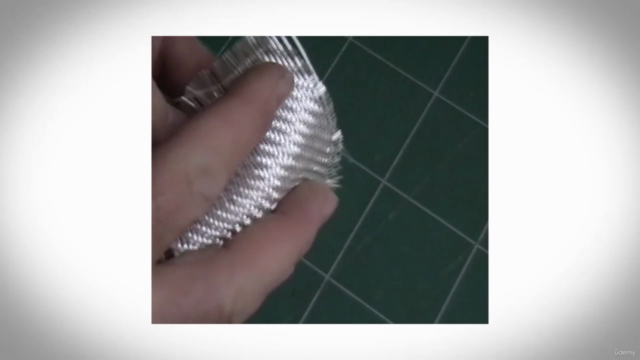
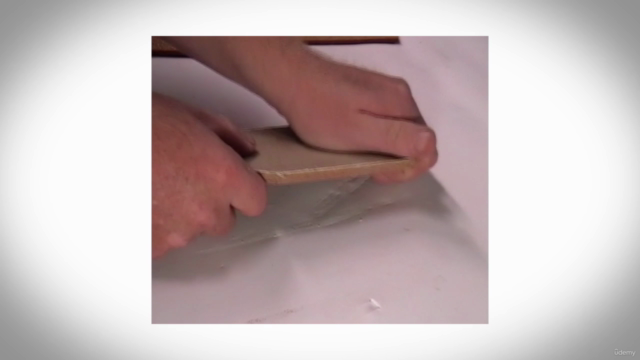
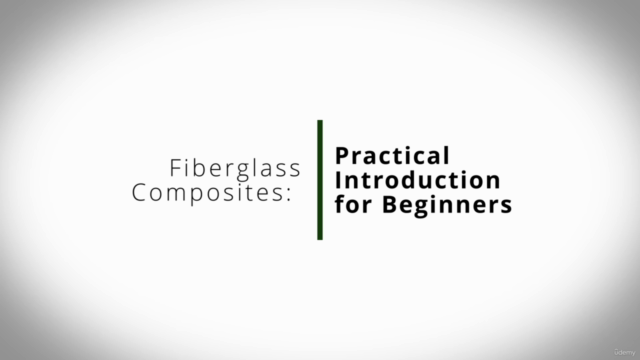
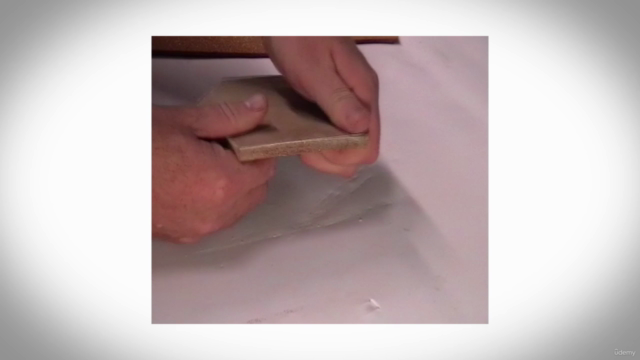
Related Topics
4821256
udemy ID
8/8/2022
course created date
10/3/2022
course indexed date
Bot
course submited by